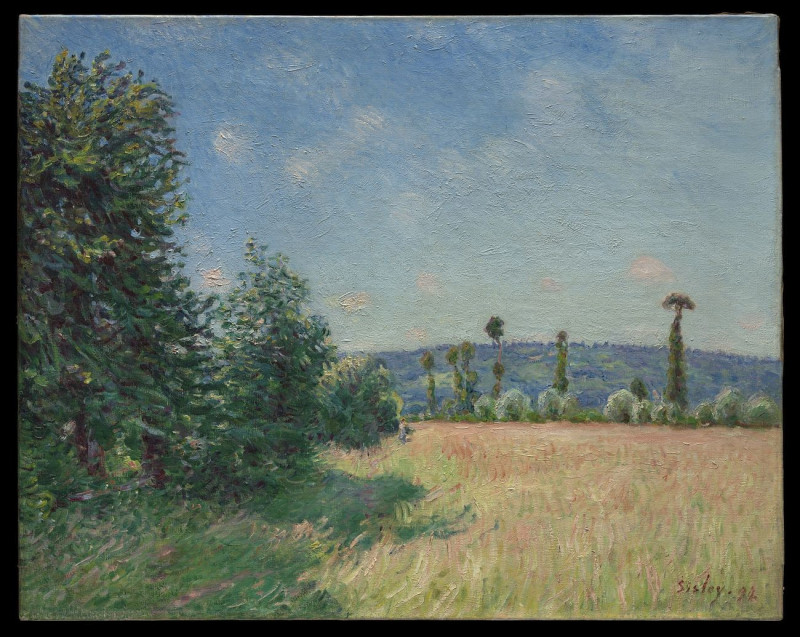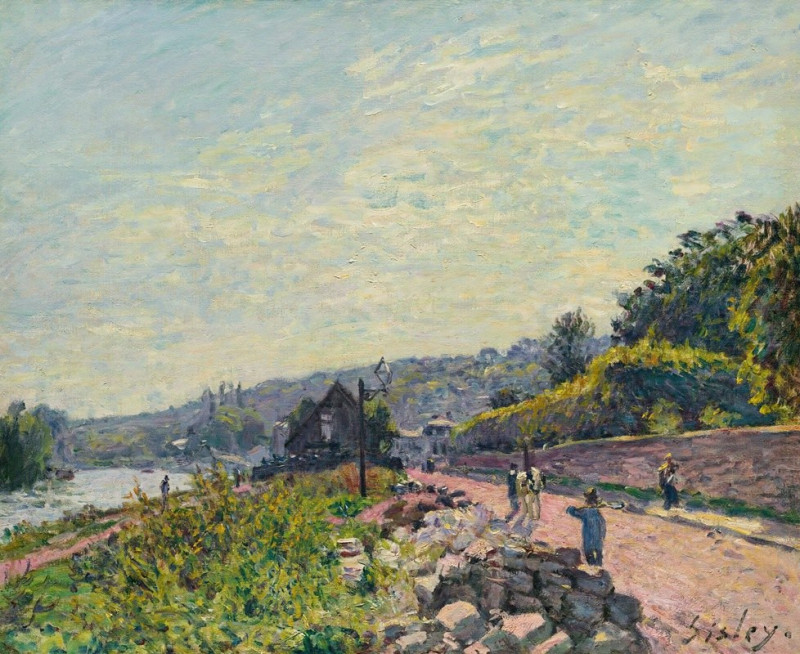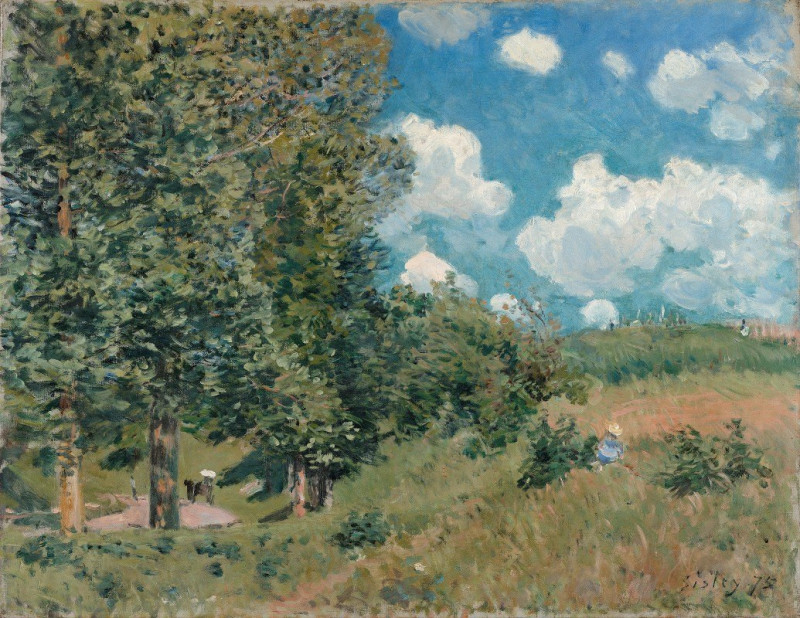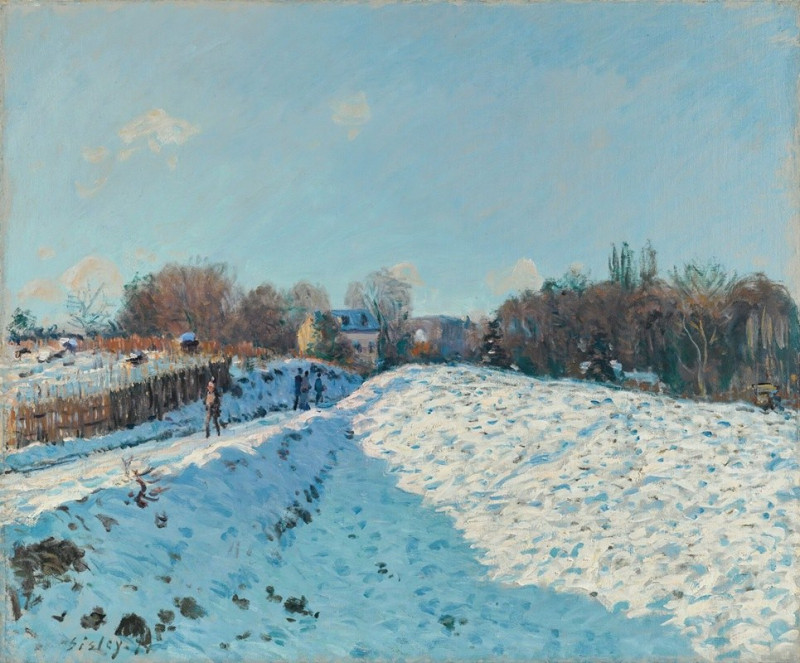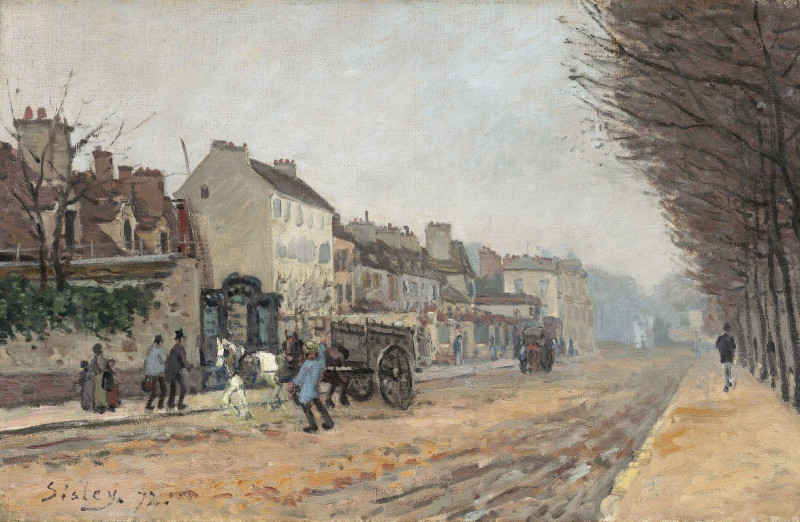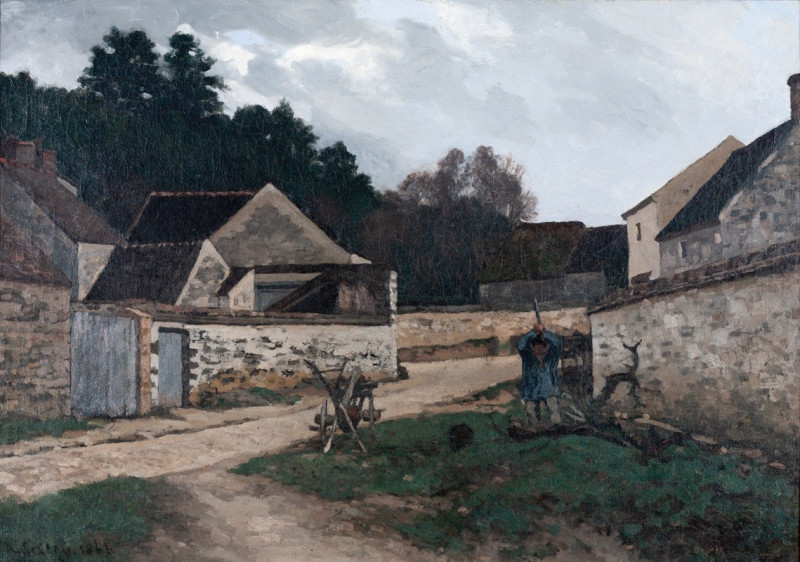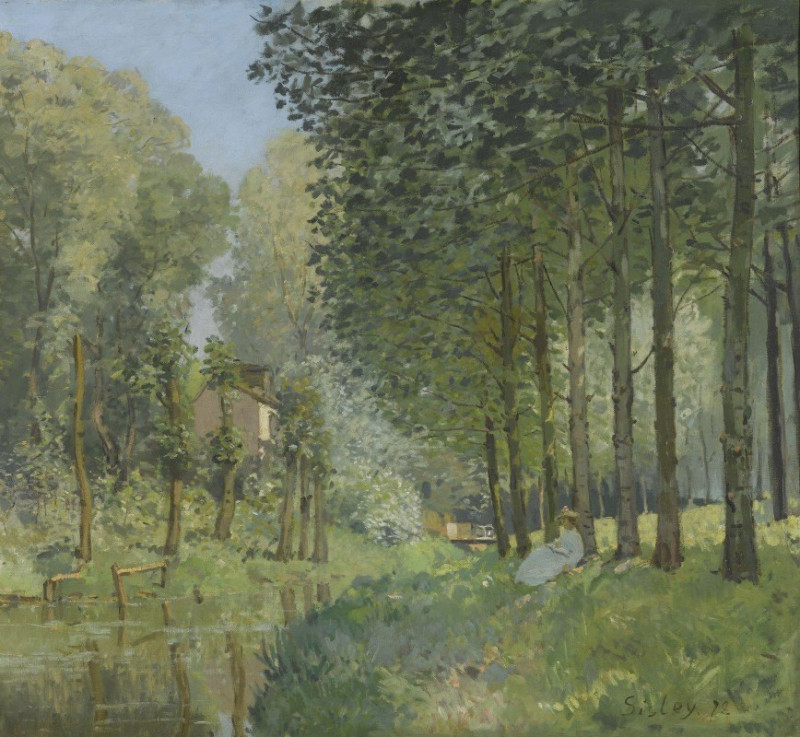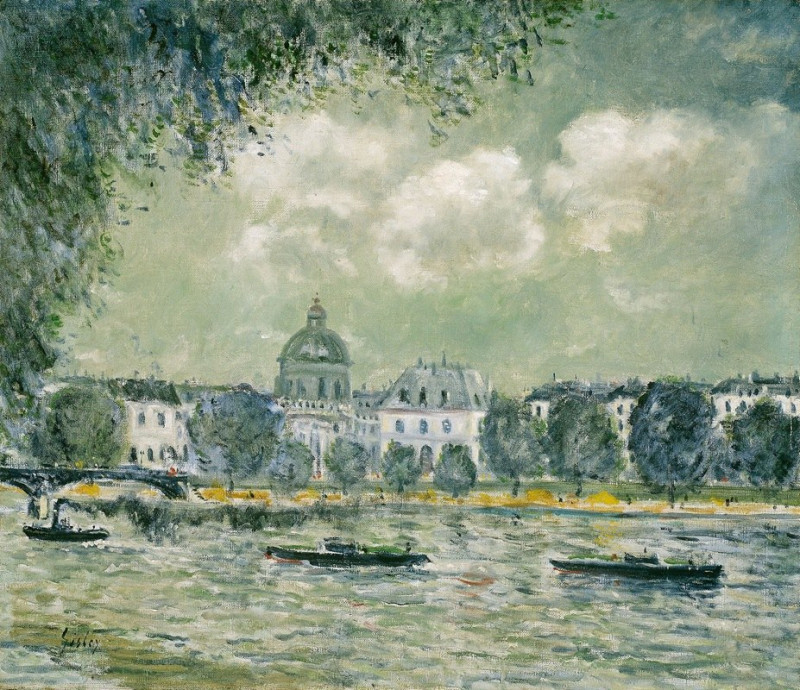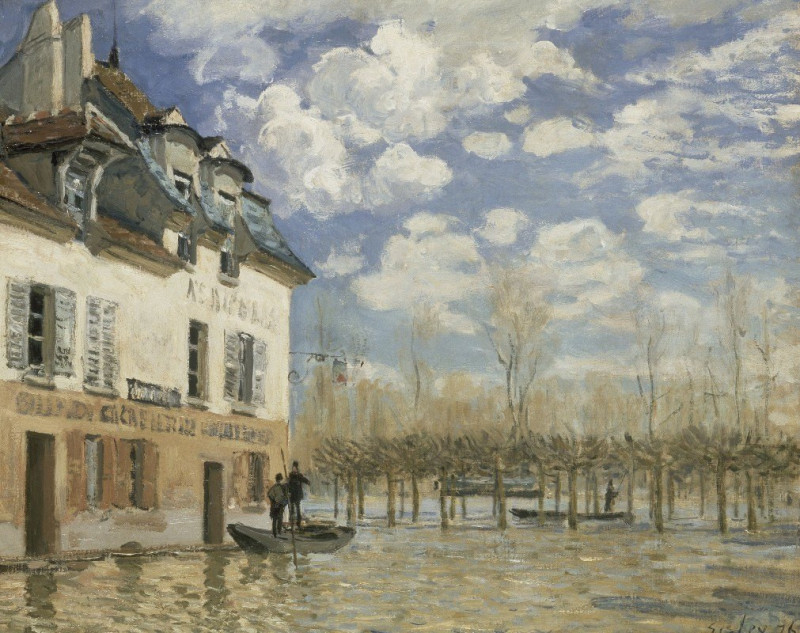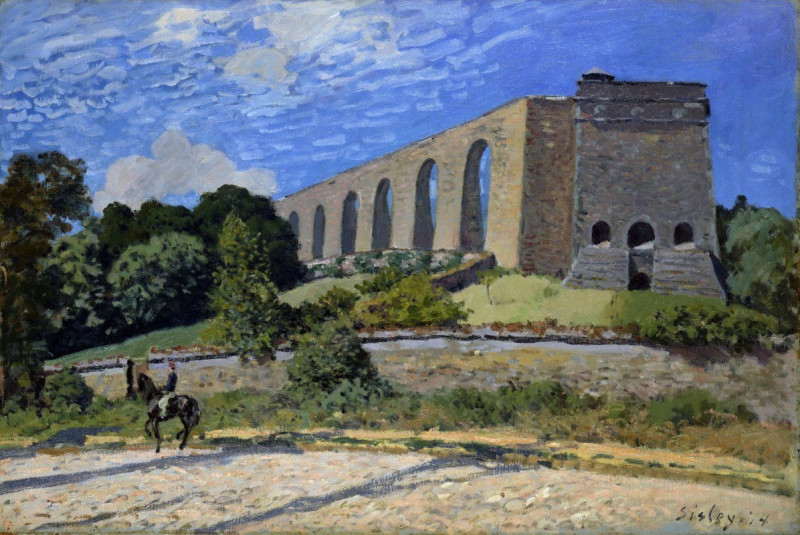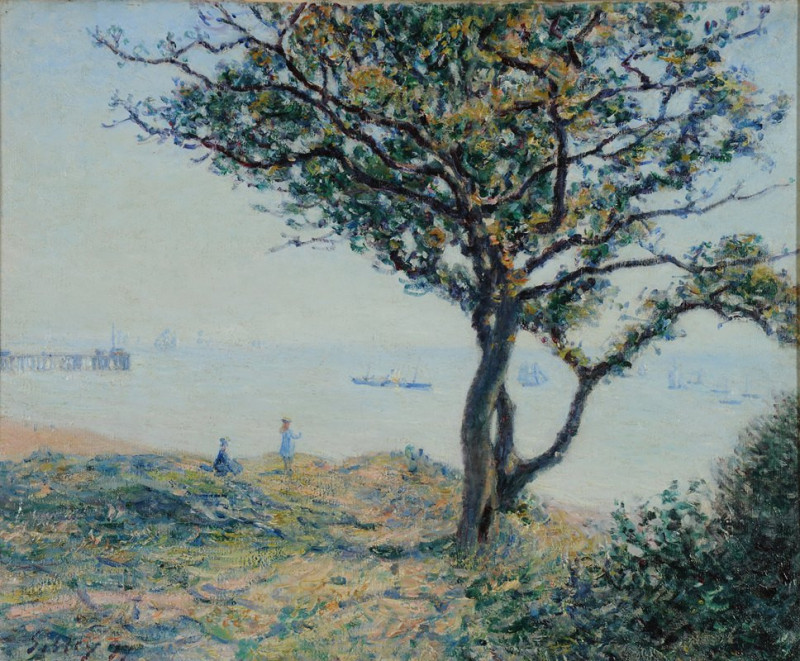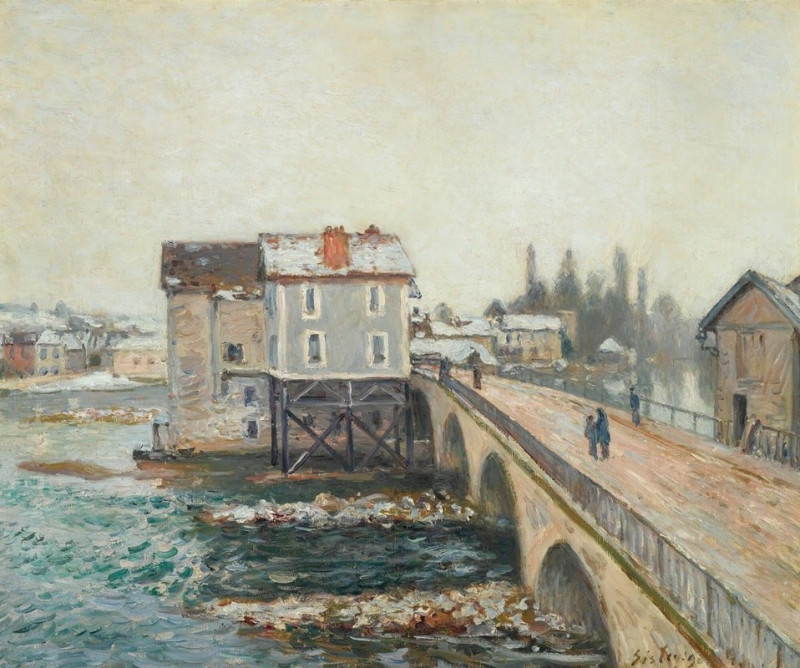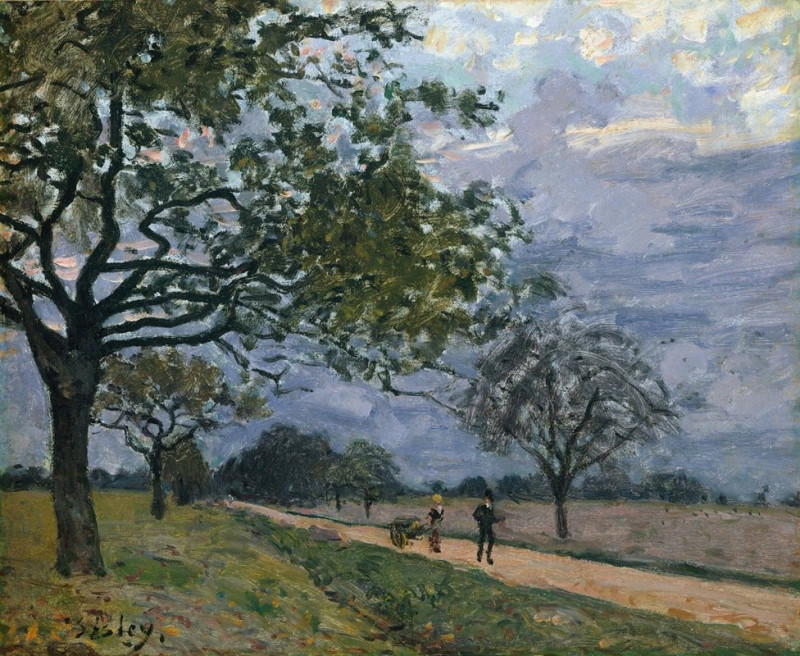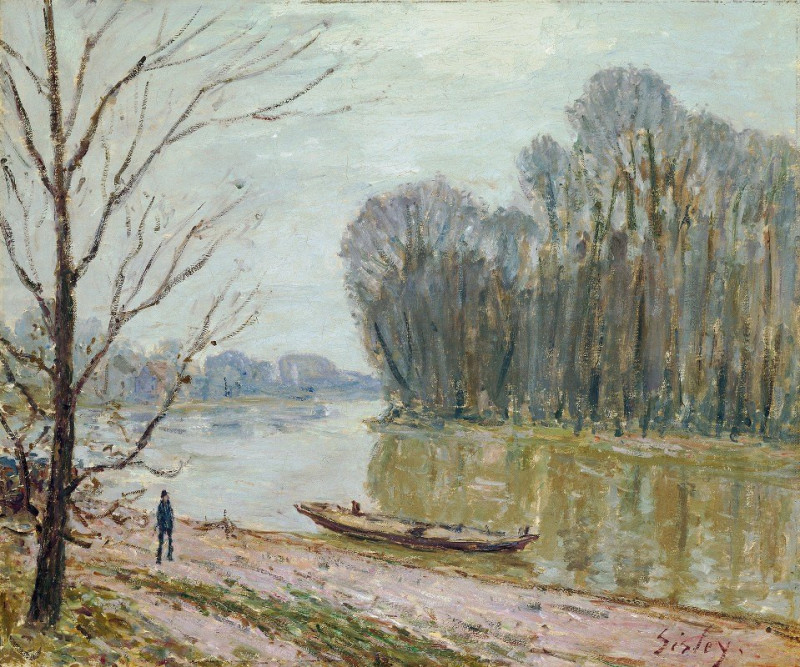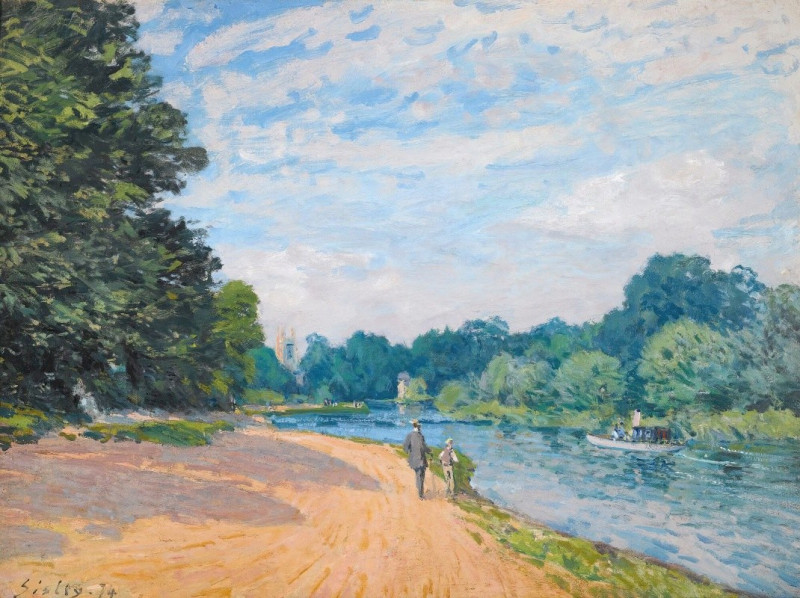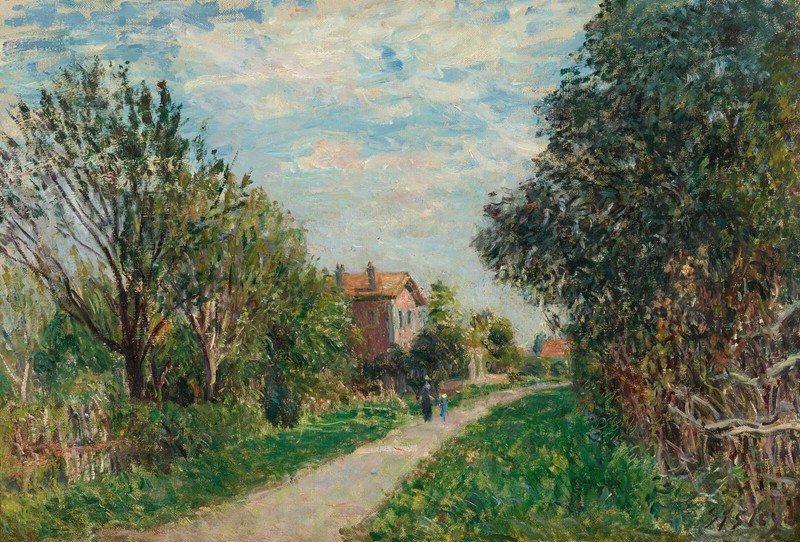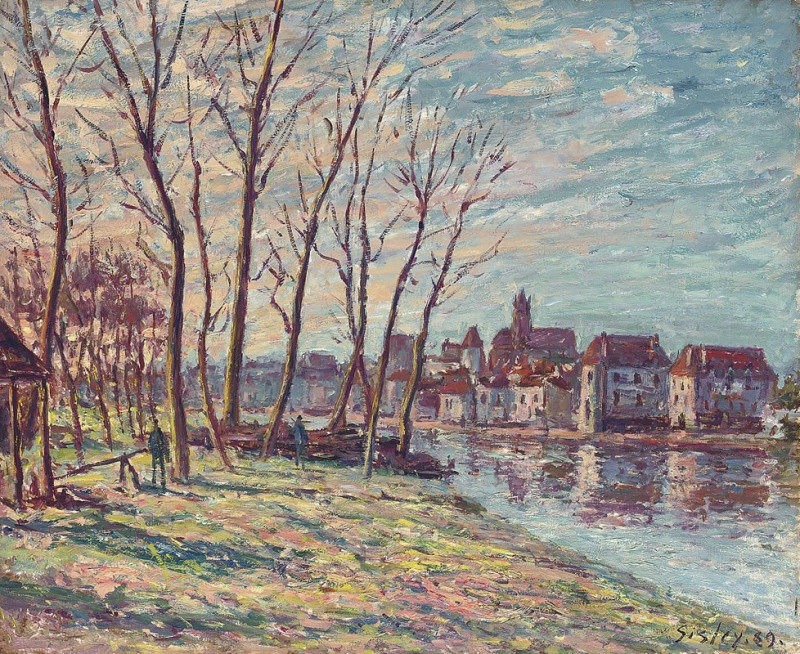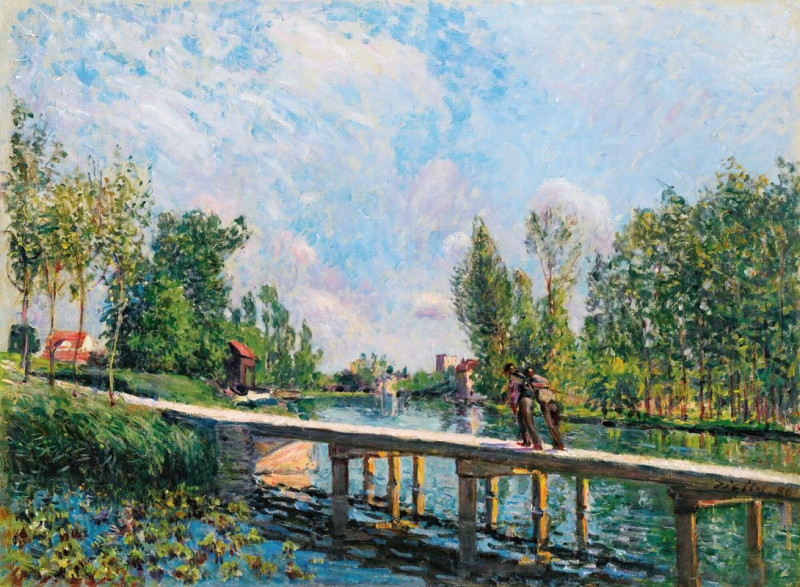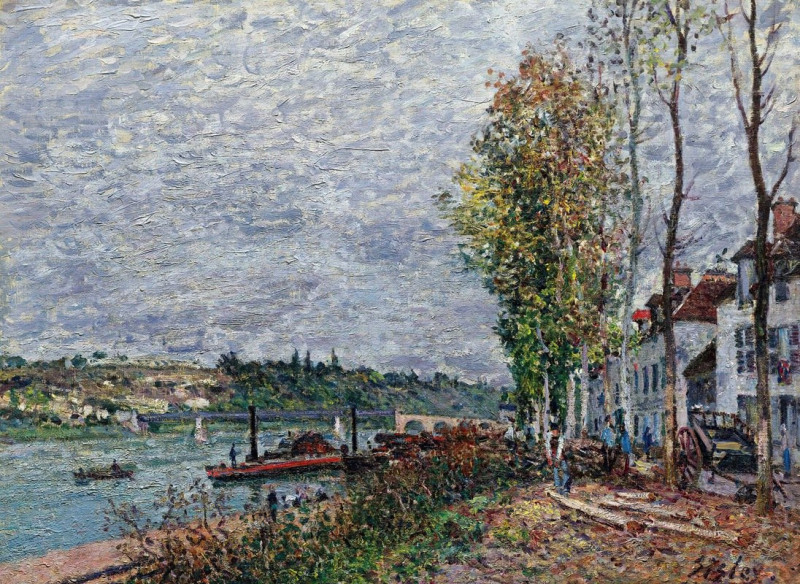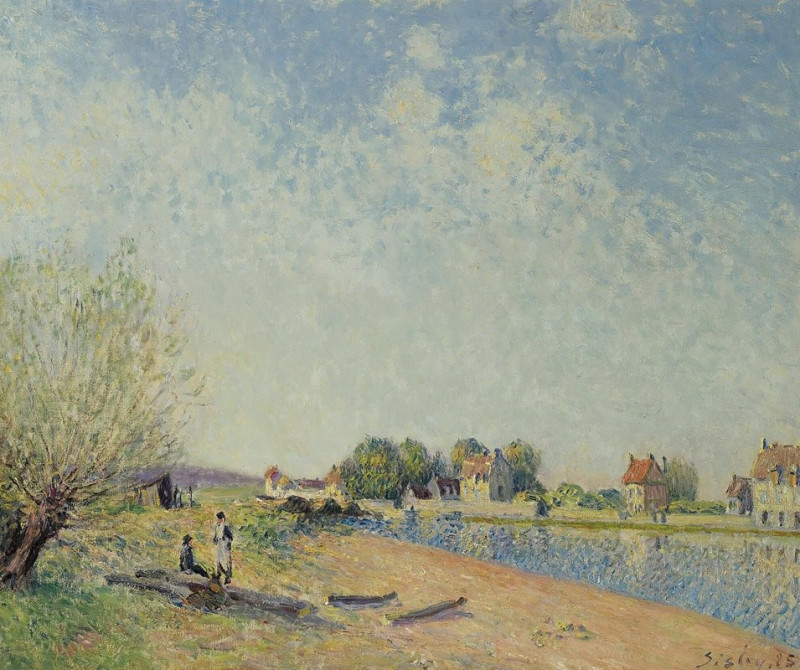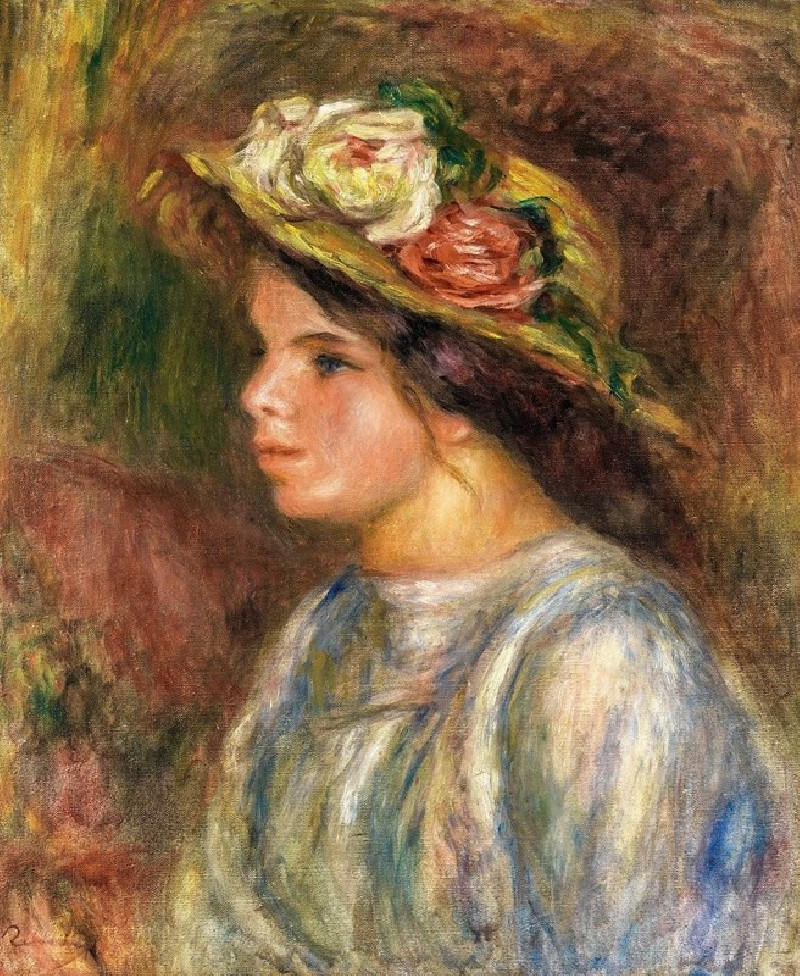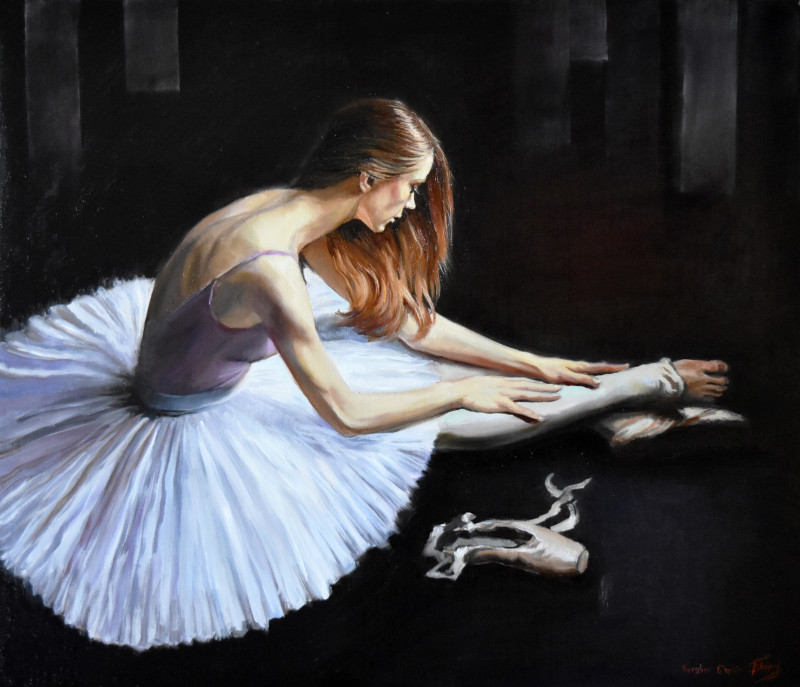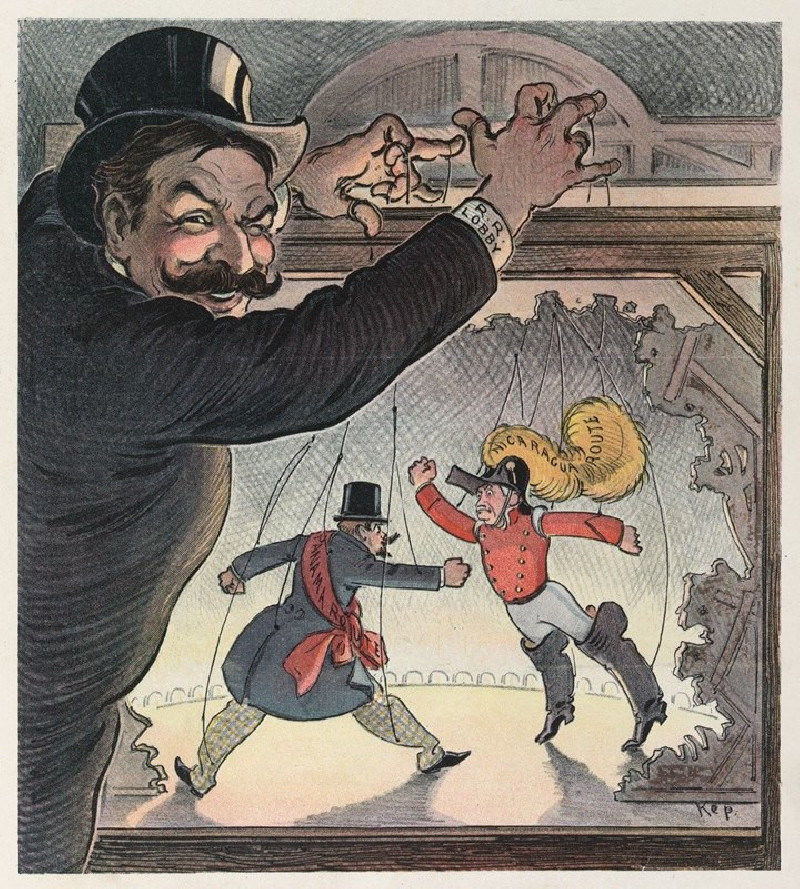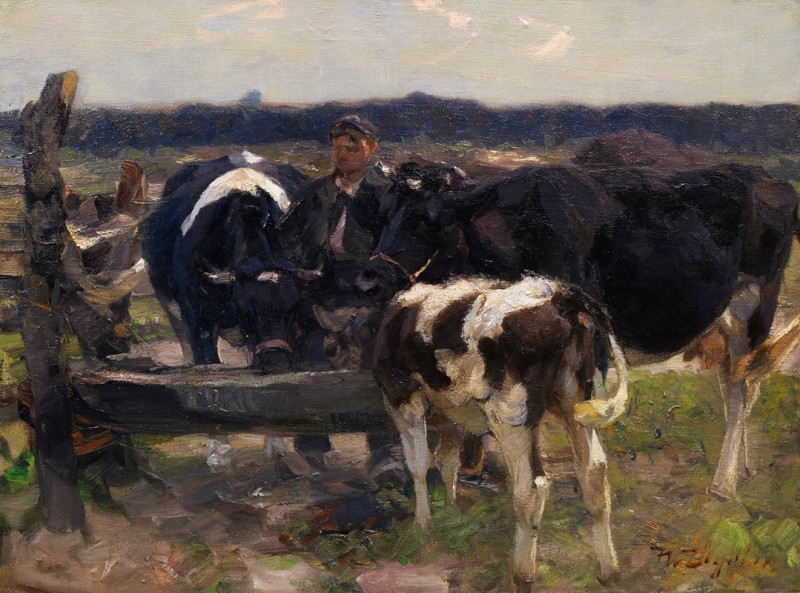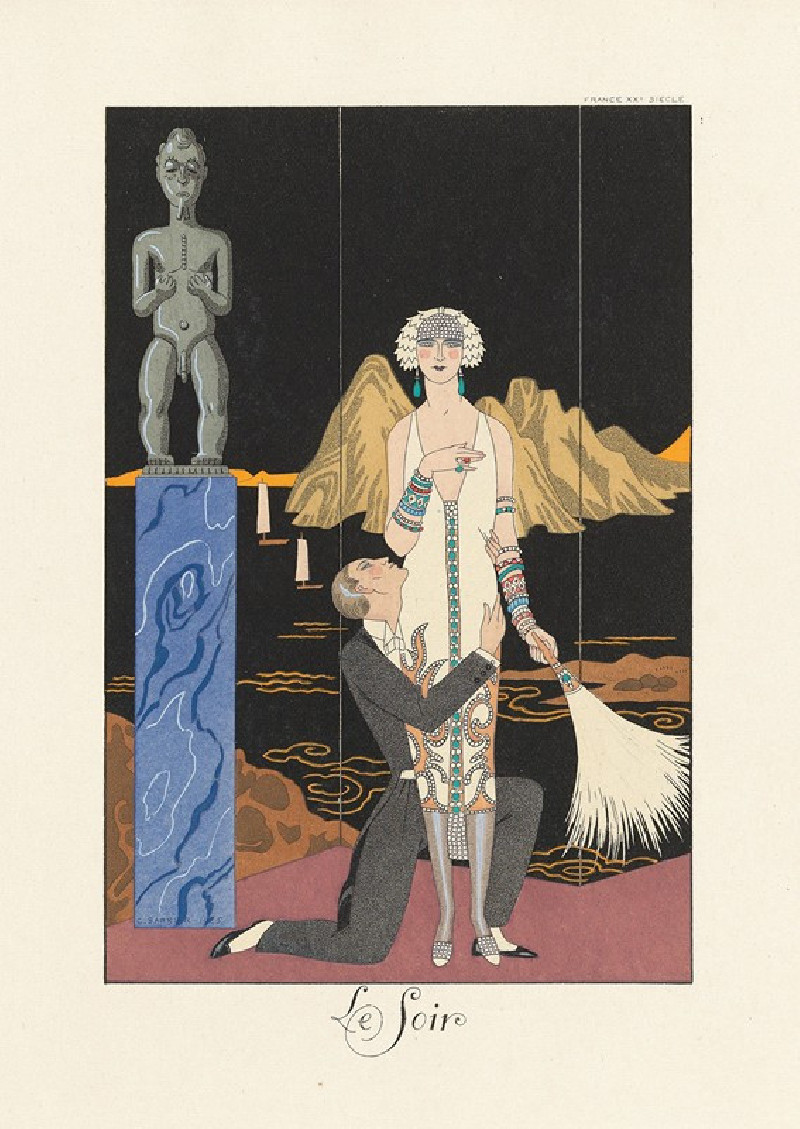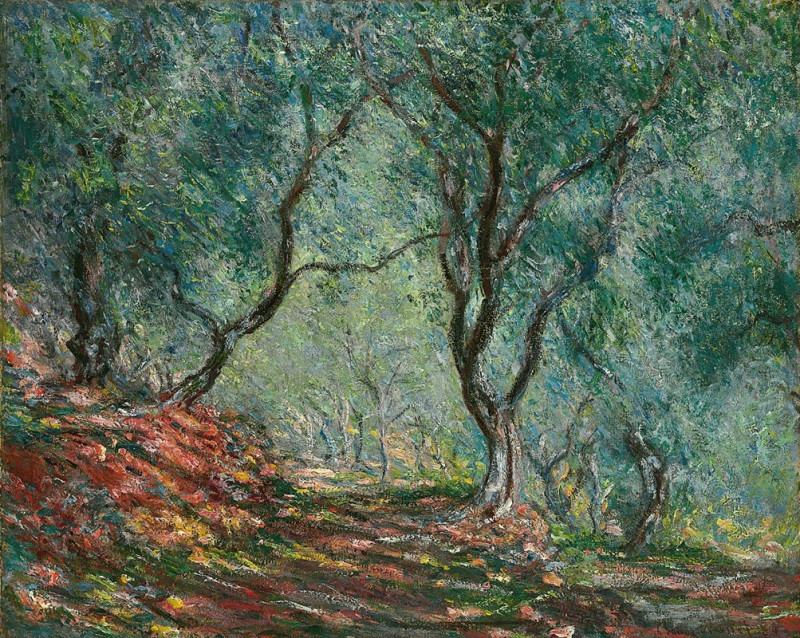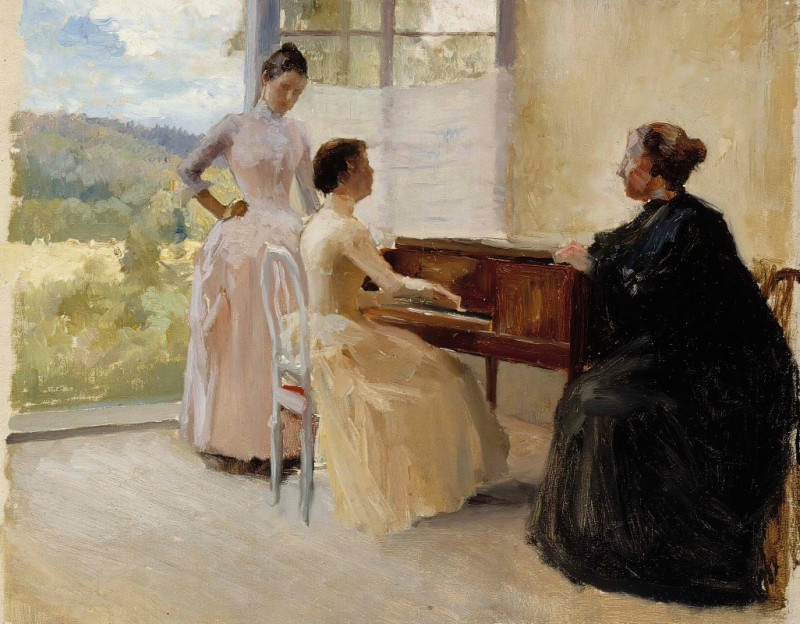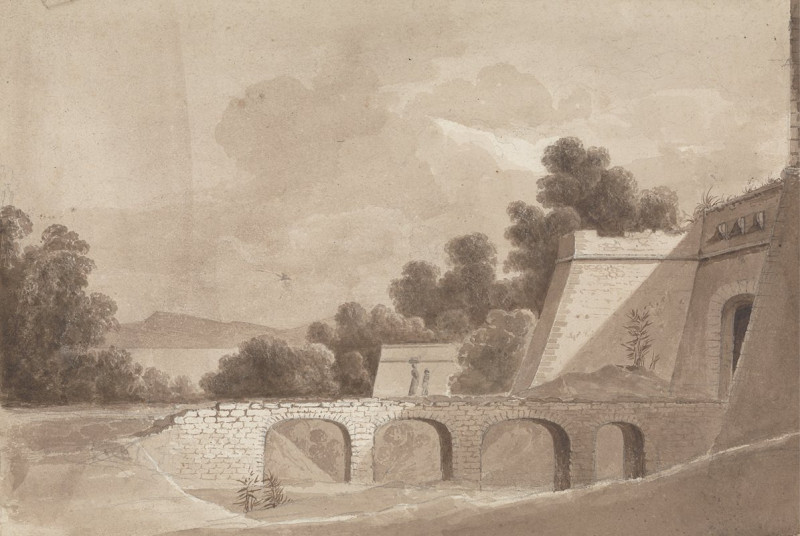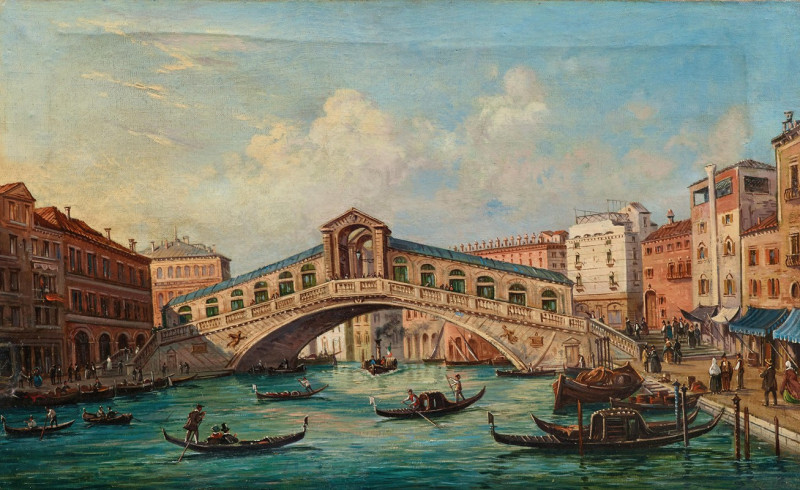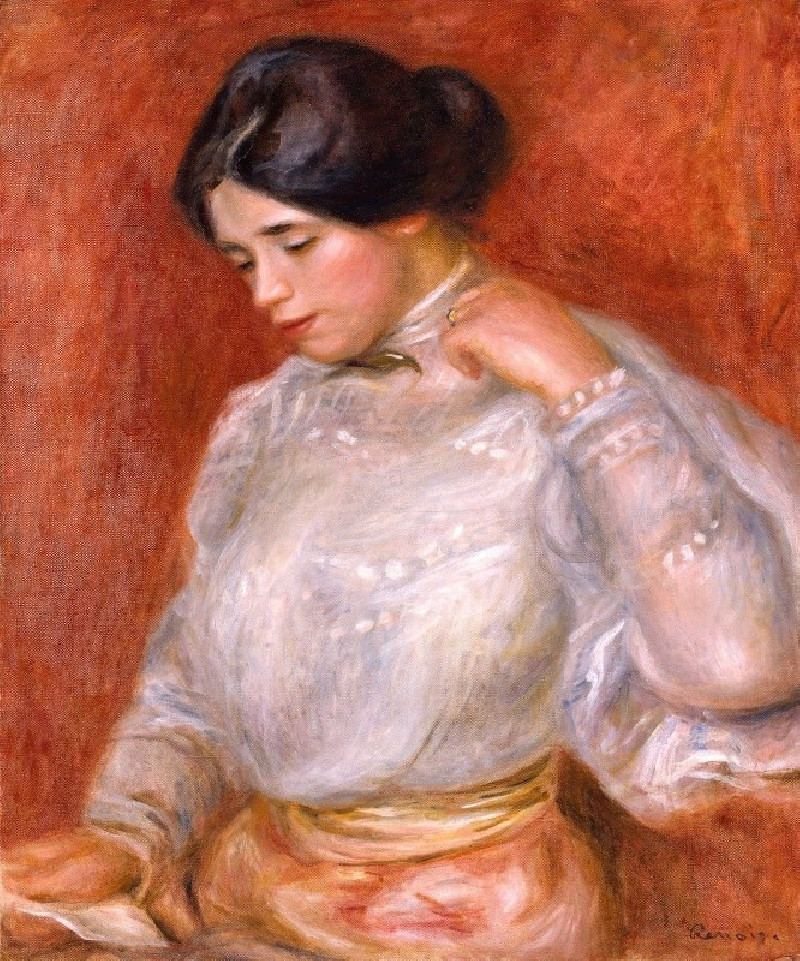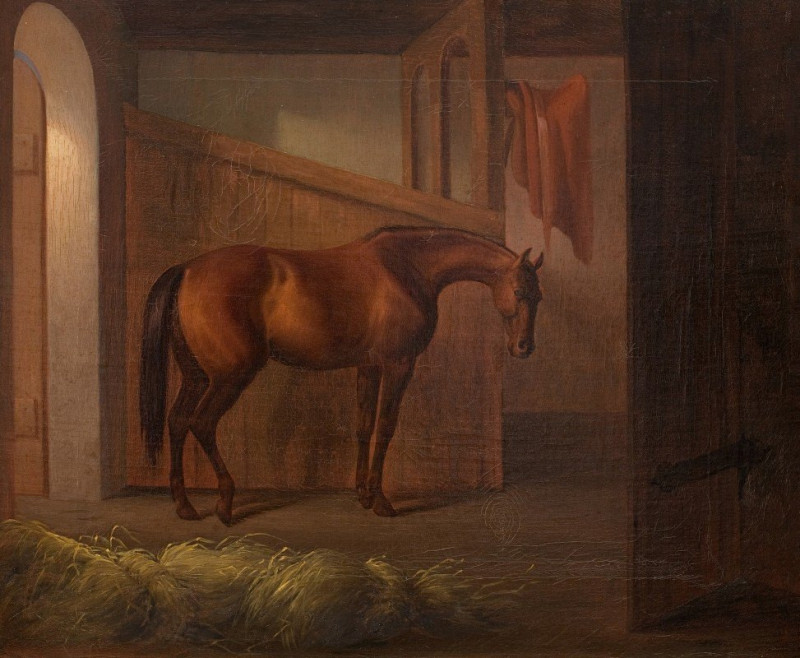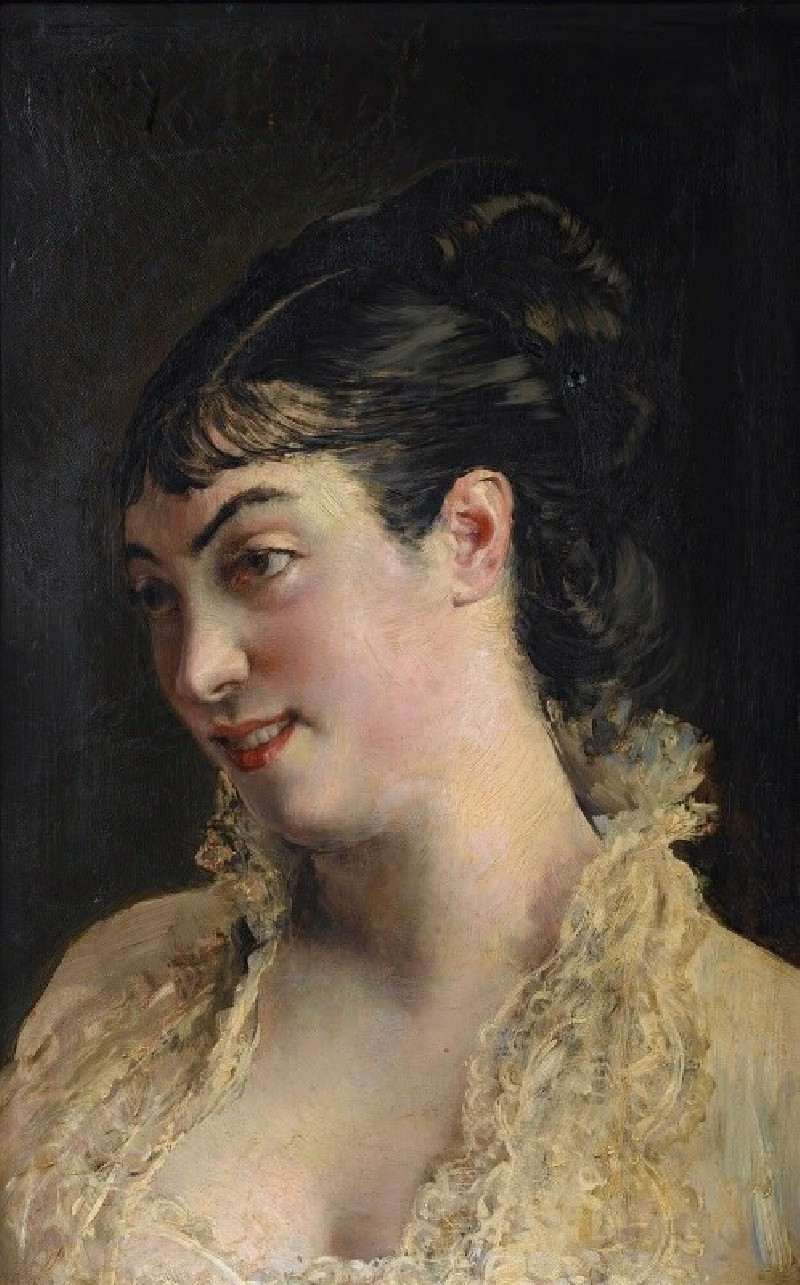Sahurs Meadows In Morning Sun
Technique: Giclée quality print
Recommended by our customers
More about this artwork
"Sahurs Meadows in Morning Sun" by Alfred Sisley is a serene and picturesque landscape painting that captures the essence of the French countryside. Created in 1894, this work embodies the characteristics of the Impressionist movement, of which Sisley was a significant member.The painting depicts an expansive view of meadows under the gentle glow of the morning sun. The foreground features lush, dense greenery with a variety of trees and shrubs, capturing the tranquility and vibrancy of nature. The brushwork here is loose and dynamic, which is typical of Impressionistic practices, suggesting the movement of foliage in a gentle breeze.Towards the center and right of the composition, the scene opens up to reveal a wide field, its surface rendered with strokes of yellows, golds, and beiges that represent the sunlit grass. This golden field contrasts beautifully with the green bands of trees in the distance, enhancing the depth and spaciousness of the landscape.The sky, occupying the upper part of the canvas, is painted with light brushstrokes of blues and whites, reflecting a clear and peaceful morning. Small, soft clouds dot the sky, contributing to the overall calm and idyllic atmosphere of the scene.Through his masterful use of light and color, Sisley effectively conveys the freshness of the morning and the beauty of the rural locale.
Delivery
Returns
Alfred Sisley (1839–1899), an English impressionist artist, was renowned for his breathtaking impressionist landscape paintings. Born in 1839 to a wealthy family in Paris, Sisley spent most of his life in France. Despite being intended for a career in commerce, he rebelled and pursued his passion for painting as an amateur in the studio of Charles Gleyre, where he befriended artists Claude Monet and Pierre-Auguste Renoir. The financial loss of his family in the Franco-German War led Sisley to make a career out of his art, though it left him financially distressed. It wasn't until after his passing in 1899 that the true value of his work was recognized.

